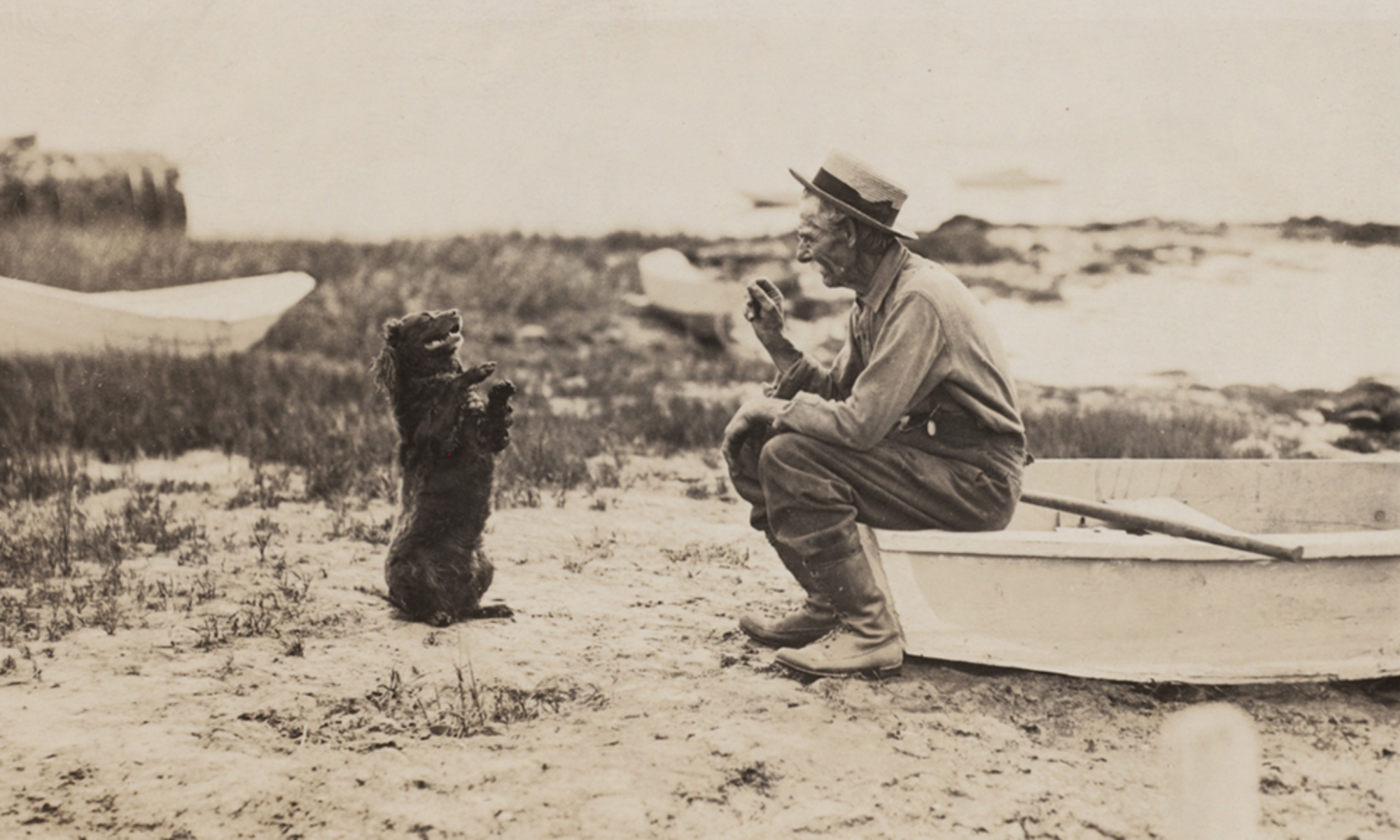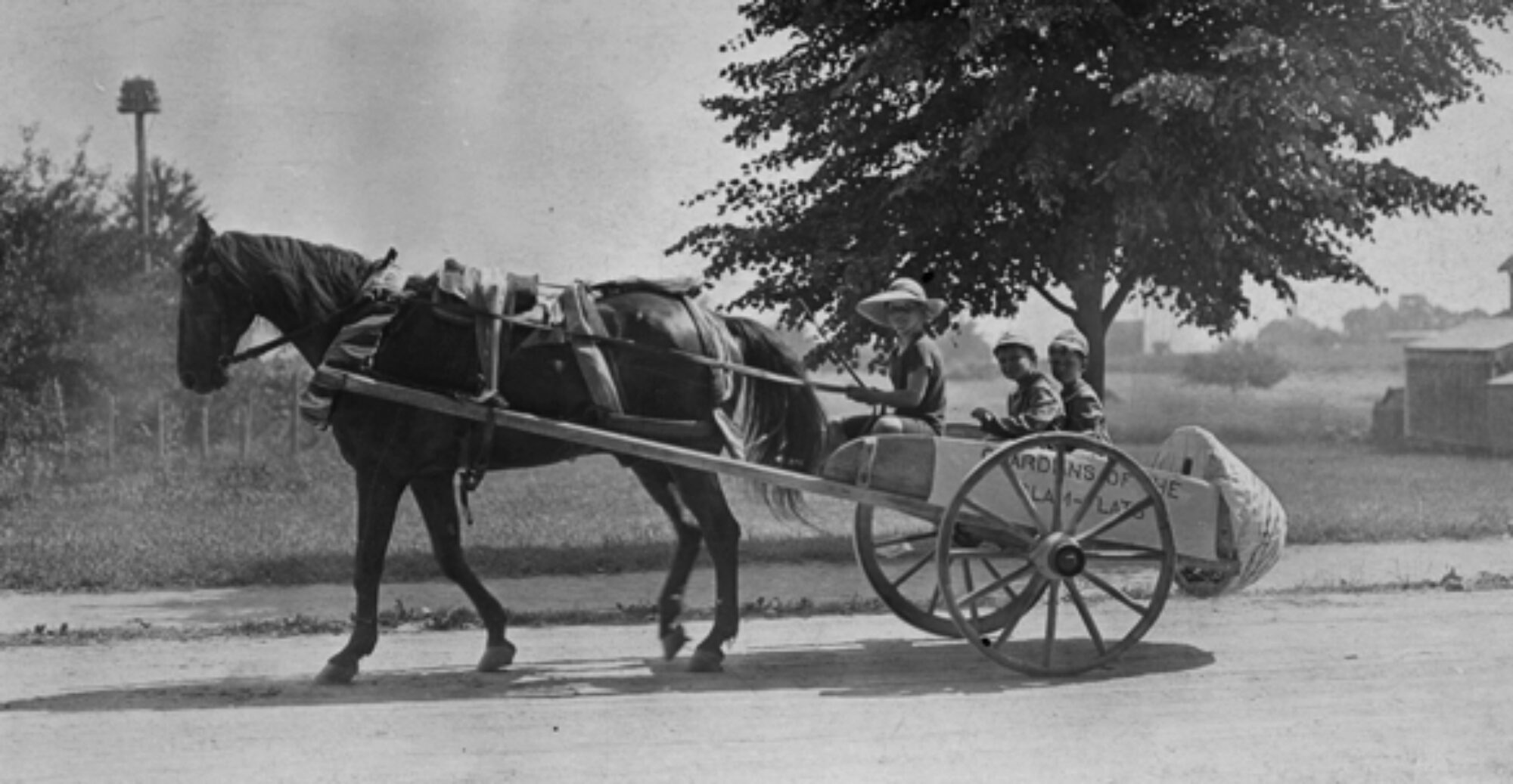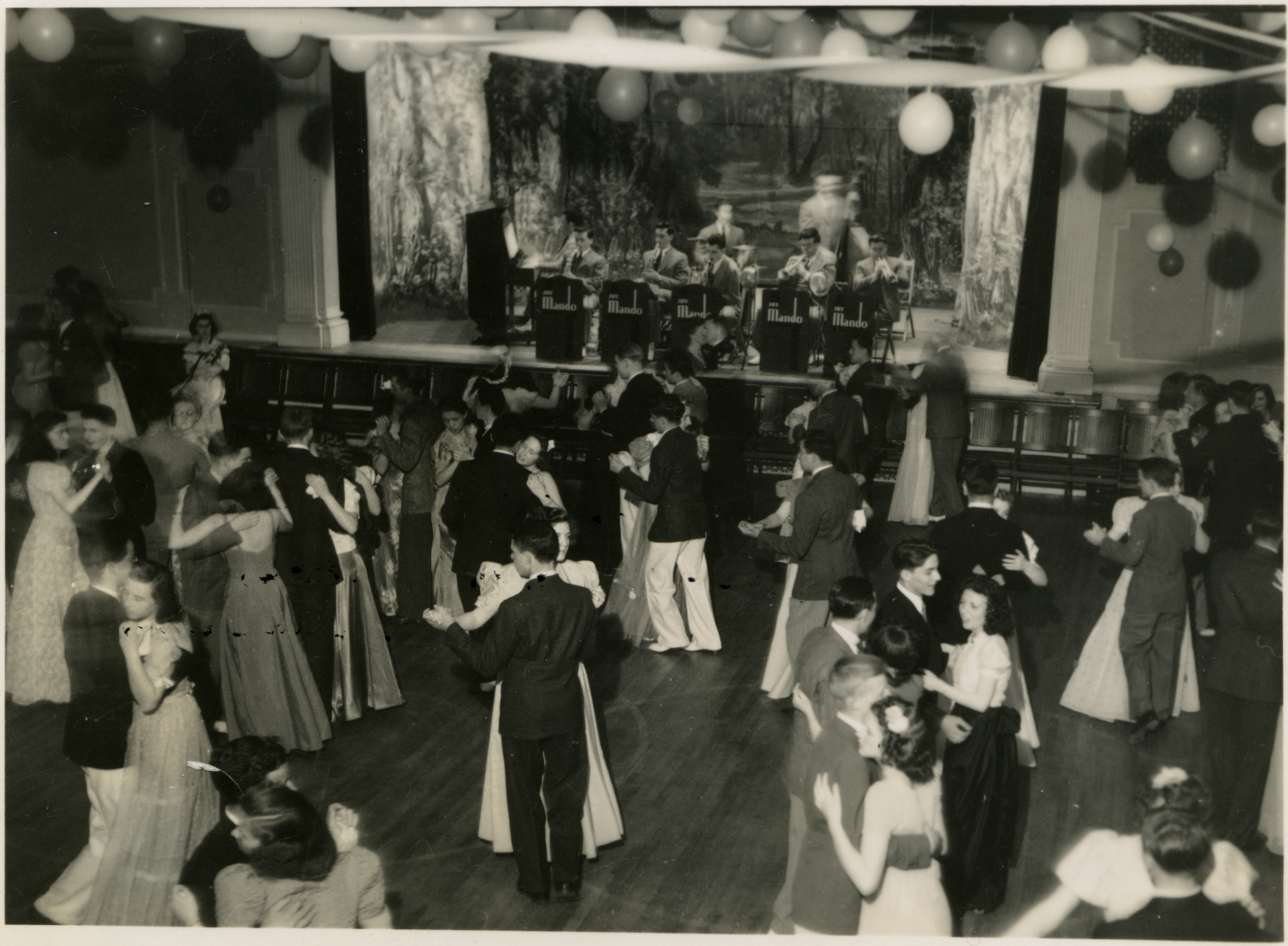
For other holiday postcards, see here and here.
Source: Postcard from the Joseph Cushman Finney Papers (MC11).

Kingston (Massachusetts) Public Library
When looking at historical texts, it is especially exciting to stumble upon a manicule. You may not know the symbol by this particular name, but I’d be willing to bet that you’ve seen this punctuation mark before: a pointing hand, drawing attention to a particular line or passage. I’m particularly referring to manicules when they appear as marginalia, or notes in the margins of texts.
☞ This name comes from the Latin root, manicula, for “little hand.” However, this symbol has been referred to by many names, in fact, including “hand, hand director, pointing hand, pointing finger, pointer, digit, fist, mutton fist, bishop’s fist, index, indicator, indicule, maniple, and pilcrow,” and William H. Sherman, Professor at the University at York, goes as far to suggest that “it may be the most pervasive feature in the history of textual culture that does not have a standard name.”¹ Sherman also argues, “between at least the twelfth and the eighteenth centuries, [the manicule] may have been the most common symbol produced both for and by readers in the margins of manuscripts and printed books.”² These symbols varied widely in appearance; any cursory web search will give you a taste of their individualistic flair.
I’ve found several manicules among the materials here in the Local History Room.

This first document is a deed for 100 acres of land from James and Joseph Cook to Wrestling Brewster and Joseph Holmes, signed January 22, 1735 (though this is a copy of the original document). The manicule here in the left margin is hastily scrawled, but you can see how it is combined with underlining to focus attention on important information, specifically the right of the grantees to the Holmes Mill and the privilege of the stream.

The second document is a deed for Forge Privilege from James and Joseph Cook to Nicholas Sever, Wrestling Brewster, and others, signed January 14, 1736 (this, too, is a copy of the original document). Again, the manicules here in the left margin point to critical information, the first marking the grantees’ intention to erect a forge or iron mill on the steam flowing from Jones River Pond (Silver Lake) at the site of the Holmes Saw Mill , and the second marking the privileges of the grantees. The manicules between these two documents are so similar stylistically , it’s reasonable to speculate that they were drawn by the same individual.
☞ Manicules may seem insignificant upon first glance, but the fact that they’re readers’ marks makes them special, as they’re a remnant of someone’s encounter(s) with that text. A manicule’s appearance is a reflection of the person who drew it: whether fanciful and elaborate, minimal and discrete, or even anatomically accurate as some can be, they are personal reference marks intended to impose order on sometimes unwieldy texts. They were drawn to more easily navigate and retrieve information from that text in the future, and I suppose that appeals to the archivist and librarian in me.
And you, do you annotate the books you read (when they’re not library books, that is)? Is this symbol part of your note-taking? The next time an opportunity arises, consider the manicule.
Source: Documents are from the Mary Hathaway Collection (MC21).

Today marks the 281st anniversary of the death of Major John Bradford, as he died December 8, 1736.
The inscription on his gravestone reads:
Here lyes y body
of Mayjear JohnBradford who decDecbr y 8th1736 iny 84th yearof his agehe lived near 62years with his wife

Major John Bradford, born February 20, 1652, was the grandson of Governor William Bradford of Plymouth Colony. He married Mercy Warren in 1674, with whom he had ten children. Major Bradford likely earned his title during King Philip’s War (1675-76).
Major John Bradford is also remembered as a benefactor of the town, as he gave 14 acres of land to the North or Jones River Precinct of Plymouth (now Kingston) in 1717 for the purposes of a “Burying Place,” a “Training Field,” and a “Meeting House” — now the land on which the Old Burying Ground, Training Green, First Parish Church, and old Town House sit.

The Jones River Village Club (now the Jones River Village Historical Society) purchased and restored his homestead at 50 Landing Road in 1921 before opening it to the public in August of the same year. It is now open on select days during the summer.
Source: Images from the Emily Fuller Drew Collection (MC16).

In the spirit of the holidays, the Local History Room’s December exhibit features a collection of limited edition holiday ornaments created by the Kingston Lions Club between 1990 and 2002. Each one bears the likeness of a Kingston icon – from the old Town House and the Faunce School, to the Old Colony Railroad Station and the Major John Bradford House. Stop by to see this local memorabilia.
Source: Image from the Local History Room Image Collection (IC7).
[Best_Wordpress_Gallery id=”52″ gal_title=”LHR Xmas Exhibit”]
With Thanksgiving in just a few days, check out these negatives taken by noted Kingston historian and photographer, Emily Fuller Drew (1881-1950), on a freezing Thanksgiving Day in 1917.




Source: Images from the Emily Fuller Drew Collection (MC16).
According to a recent article in the Kingston Reporter, 20% of American cranberry consumption falls during Thanksgiving week.
Our love for this particular fruit is certainly not new. This image of Keith & Adams cranberry bog on Summer Street dates back to around 1885.

Source: Image is from the Mary Hathaway Collection (MC21).
Today marks the 99th anniversary of the armistice agreement between Germany and the Allies, ending the actual fighting (though the war did not officially end until the signing of the Treaty of Versailles on June 28, 1919). November 11th became known as Armistice Day until 1954, when the United States began celebrating Veterans Day.

Kingston held a Welcome Home Celebration in October of 1919 in honor of the return of servicemen and nurses who had served during the war. For pictures of the parade, see our post from last month.
And thank you to all who have served in the military.
Source: Image is from the Glass Plate Negative Collection (IC3).
Pique of the Week, formerly on the Kingston Public Library’s website, has moved here, the Local History Collections site.

Just to be clear, we didn’t move by the “Guardian of the Clam Flats” float, but that would have been a kick!

During November, the lobby display case will feature a selection of photos, invitations, and dance cards from throughout Kingston’s history. Did you know that ballroom etiquette once prescribed ladies to carry dance cards to pencil in the names of gentlemen who had reserved a dance? Or that in 1875, Kingston residents held a Thanksgiving Ball to celebrate the holiday? Stop by to learn more!
Source: Image from the Mary Hathaway Collection (MC21).